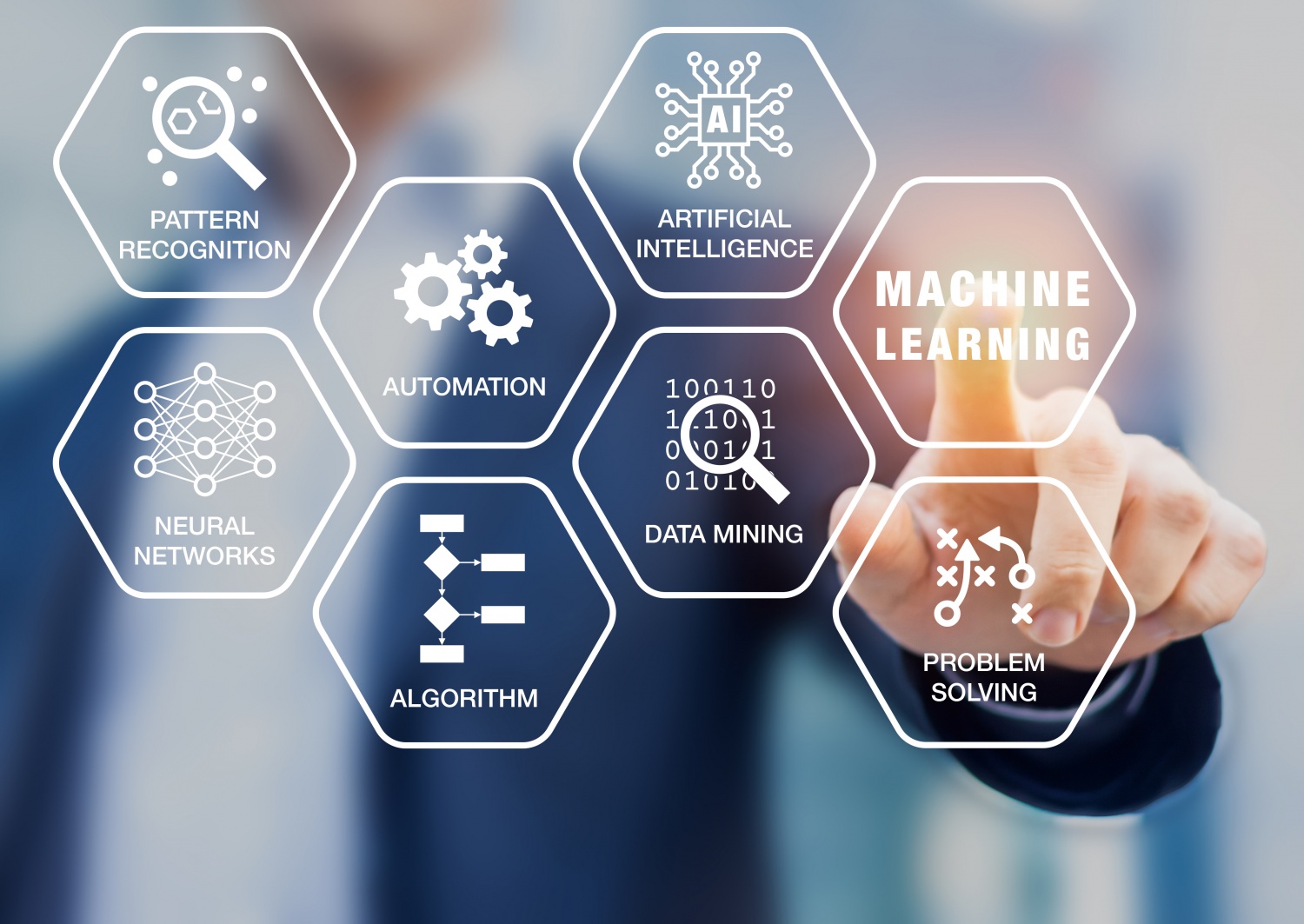
Machine learning (ML) is a complex method-so complex, in fact, that putting it into production proves difficult even for top-notch experts, especially with numerous issues piling up the further they are in the process of implementation.
That's why the IT sector felt the need to create a system that will address the current issues concerning machine learning models, giving birth to Machine Learning Operations, or MLOps.
As a relatively new approach to artificial intelligence, there are only a limited number of experts capable of handling MLOps. Tools suitable for the experimentation and development of MLOps are hard to come by. On the bright side, the IT sector has undergone a sudden technology advancement, resulting in a significant change in MLOps.
This article aims to tackle how the changes within the IT industry affected MLOps, but before anything else, you must first understand what makes up MLOps.
Components of MLOps
MLOps is a combination of machine learning and DevOps-a set of procedures that integrates software development with AI applications. The main purpose of DevOps is to create high-quality applications with a short development cycle.
While it's true that the development of technology over the years gave rise to changes with MLOps, it's more accurate to say that what changed was machine learning and DevOps. Let's take a look at machine learning first.
Changes within machine learning
Two factors led to the development of machine learning, which in turn changed MLOps:
-
more personnel
-
an influx of data science tools.
Let's start with the first factor, which mainly involves manpower.
Due to the complexity of MLOps, dabbling with it was not a tempting career choice for IT students. However, that was not the case for long as more data experts became interested in the idea of working on an MLOps platform.
Perhaps it's because of the growth in technology that resulted in an increase in resources. Realizing the benefits, many enterprises competed to recruit experts with the necessary skill set to manage machine learning models.
While most of these experts became an integral part of enterprises, some had a different approach, and that is to create MLOps tools. This is what led to the influx of data science tools.
These two changes within machine learning made MLOps more accessible. After all, both manpower and resources were taken care of. However, the changes within the MLOps did not end here. As one of its core components, changes within DevOps also made changes to MLOps.
Changes within DevOps
Even before the sudden growth in technology, DevOps was bound to go through different stages, each stage making it more refined than before. After all, there are already numerous experts trying to make progress on DevOps. The same goes for the tools and applications that support it.
One particular change that happened with DevOps is the community. While the community originally consisted of coders and engineers, other IT professionals are starting to take interest in this endeavor, resulting in a much more diverse community.
It may not sound too significant, but this has led to a great deal of positive changes, especially with how they are now able to see DevOps from different perspectives. With these changes, it's already evident that MLOps is gaining momentum.
Data Scientists and MLOps
For the longest time, data scientists struggle with the development of machine learning models. This is mainly because no matter how advanced their tools are, they still need to spend over 60% of their time on data preparation. So, why is this relevant to MLOps?
According to cnvrg.io, "Using an MLOps platform automates technical tasks and reduces DevOps bottlenecks. Data scientists are able to spend their time doing more of what they were hired to do."
In other words, growth in technology gave rise to the advent of MLOps, which in turn helped platforms develop a way to automate time-consuming tasks. Consequently, data scientists can now focus on research, algorithms, and building models instead of IT/DevOps.
Future of MLOps
The beginning of MLOps was a bit slow, but thanks to the recent growth in technology, more enterprises and experts pursued MLOps. Not only are data experts becoming interested in it, but popular companies are also taking interest.
Take Google for example. This organization is already taking steps to use machine learning models for its systems. It is only a matter of time before other companies in the big leagues participate in this race.
* This is a contributed article and this content does not necessarily represent the views of techtimes.com









